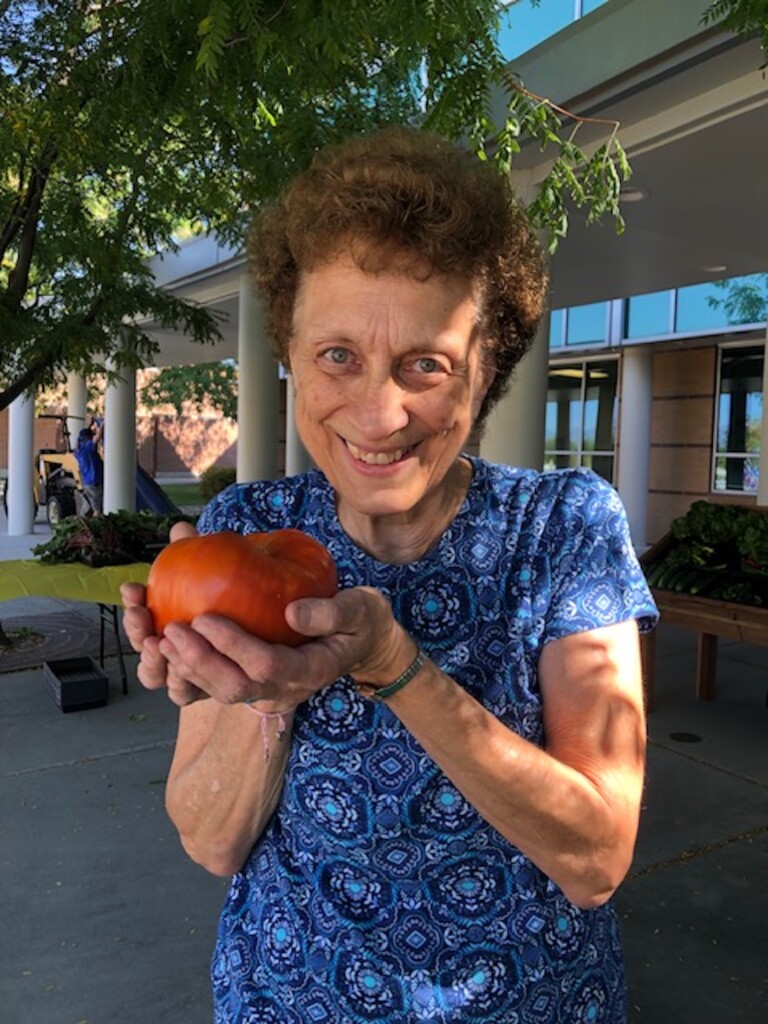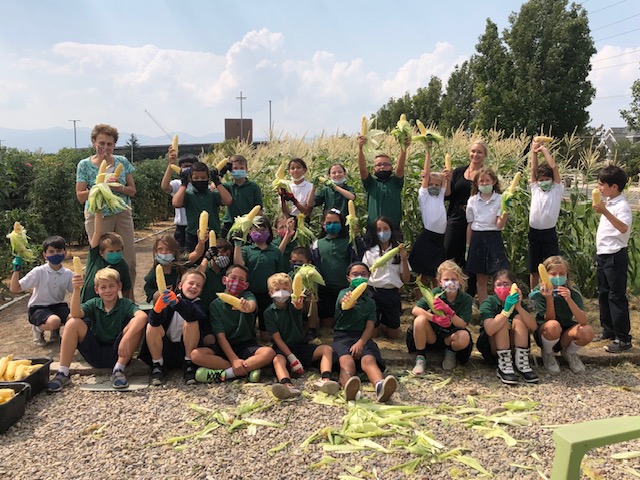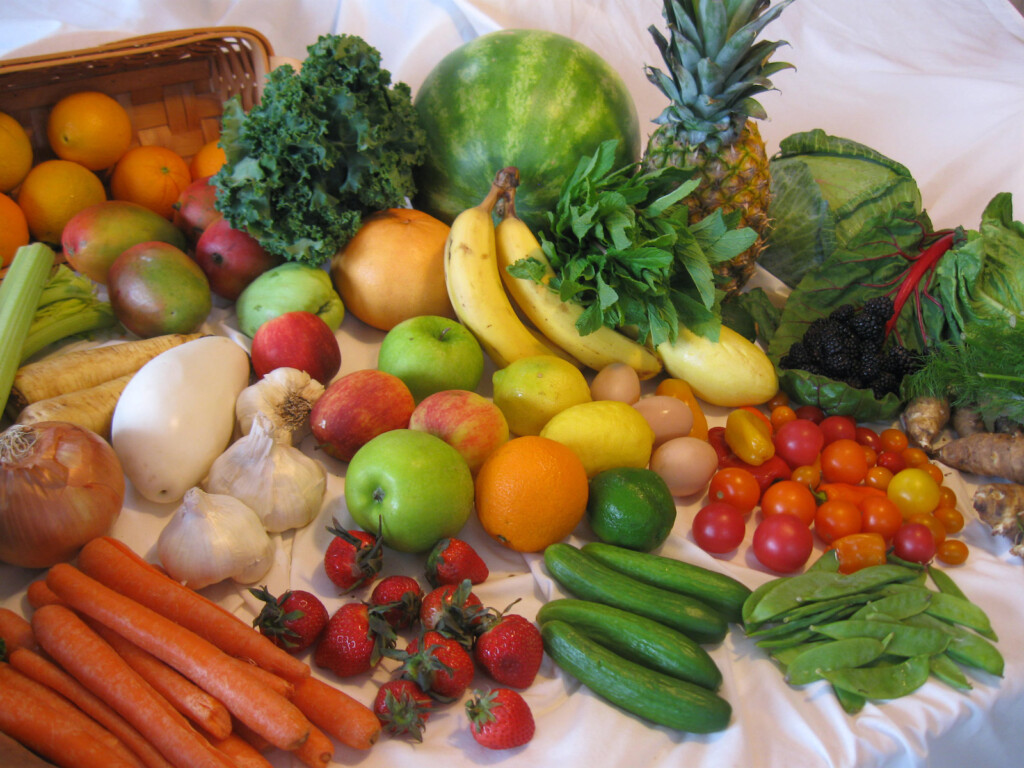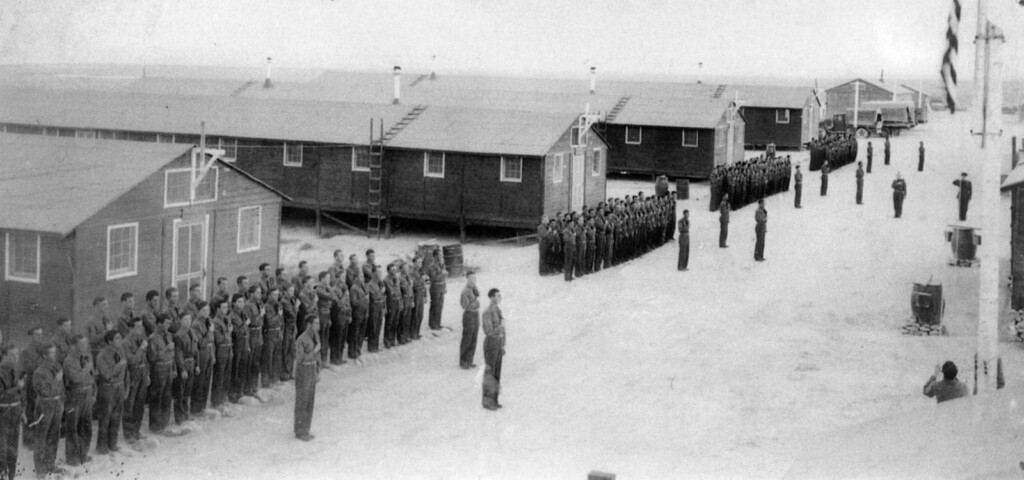Wasatch Front schools desire healthy food options for students, and while the National School Lunch Program (NSLP) assures that low-cost or free lunches are provided to children each day, the food is likely not coming from a local garden.
Currently, Wasatch Community Gardens (WCG) works alongside 11 elementary schools helping them to grow “healthier and smarter kids by using school gardens as an educational tool” as part of the classroom curriculum, eventually using the produce in a few school lunches.
Some gardens came about in interesting ways such as the Escalante Explorer Garden. The brand new soccer field built in 2005 consistently flooded leaving faculty to wonder why. Eventually, the school reached out to the Division of Natural Resources (DNR) and learned about an artesian well beneath the ground.
The school was awarded a grant made possible by National Geographic and The Ford Foundation, eventually allowing the school to utilize the well, install a teaching pond, and build the Escalante Explorer Garden that has been an active participant in Wasatch Community Gardens’ School Garden Program since 2014.
Pacific Heritage Academy also works with WGC taking a more cultural approach to growing all sorts of traditional Polynesian staple crops. The Mary W. Jackson Elementary Garden joined the Garden Program in 2018.

All this gardening is fantastic, however, “the reality of producing enough yield at any school garden for a fresh homegrown lunch for all the students daily is nearly impossible,” said Monica Bathurst from St. John the Baptist Catholic Elementary School in Draper. She has worked hand-in-hand with Sister Celine Dounies to build the 60’ x 200’ garden on the campus and focuses on environmental sustainability.
Throughout the semester, students will complete hands-on projects involving Sister Celine’s school garden and grow vegetables from seed to harvest, sharing the corn with several grade levels at the school for a special lunch. Tomatoes and peppers provide a considerable yield in a small space and are used by the lunch staff in meals feeding multiple grade levels.
Students enjoy the Fall Festival held annually in the second week of September when they sell vegetables to parish families. The funds are donated to the food pantry at the church. Sister Celine is proud of her vision mentioning, that “The garden is the program that just keeps giving.”
The school lunch program at Granite School District has been fraught with decades of rumors that the Superintendent has a personal chef. According to Matthew Sampson in the communication department, “He doesn’t. That rumor stems from way back in the 90s when there was a chef who ran the pro-start program.” Sampson explained that several schools operate small-scale gardens for learning. For instance, the Neil Armstrong Academy grows pumpkins for their pumpkin drop science experiments.
Schools within the Granite School District provide a salad bar with fresh fruit and vegetables and a canned offering. A typical day includes spinach, shredded lettuce, cucumbers, carrots, broccoli, celery, red and green peppers, and fresh fruit. Last year cafeterias introduced roasted vegetables such as glazed carrots, potatoes, and brussel sprouts.
According to Sampson, purchasing locally is oftentimes difficult due to size and volume needs, yet will select locally grown items when available. Granite School District purchases fresh fruits and vegetables through the Department of Defense (DoD) program keeping track of when products are produced locally and district distributors attempt to purchase locally first.

Purchasing locally grown food items — as much as possible — is a goal for Granite School District and others. Locally grown items may be offered on a smaller scale, such as a locally sourced fresh salsa bar served in a few schools, or perhaps similar to the corn harvest lunch at St. John the Baptist Elementary School.






